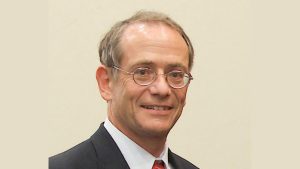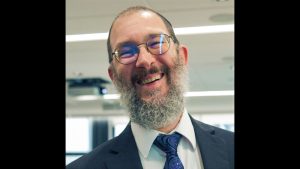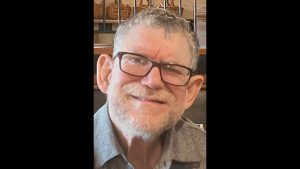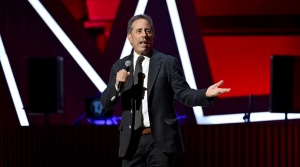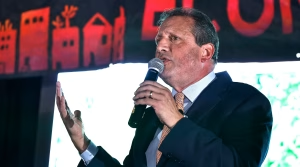Yom Yerushalayim: A day of glory, gratitude and remembrance
Published May 11, 2023

You’ve seen the photograph. Three Israeli paratroopers, their eyes glistening with tears, gaze up at the ancient stones of the Western Wall in awe and wonder. Jerusalem is ours!
On June 5, 1967, with enemy tanks massed on Israel’s borders and murderous Arab rhetoric promising to drive the Jews into the sea, the Israeli air force launched preemptive strikes against Egypt, Syria, and Jordan. Against overwhelming odds, Israel’s forces prevailed.
Two days later, on the 28th of the Hebrew month of Iyar, a small band of soldiers navigated the serpentine streets of Jerusalem’s Old City to enter the courtyard of Israel’s most sacred site. In one mystical moment, the Wall returned to Jewish control for the first time in 2,000 years.
ADVERTISEMENT
It was there, in Jerusalem, that King David established the seat of his monarchy 3,000 years ago, that Solomon built the first Temple, that pilgrims gathered for the festivals three times each year, that the sages of the Sanhedrin convened to rule on Torah law, that the Maccabees re-inaugurated the daily service to their Father in heaven. Indeed, it was in Jerusalem that the revered sage Nachmanides arrived in 1267, exactly seven centuries before Jerusalem Day, one of a steady stream of Jews returning home from their long and bitter exile among the nations.
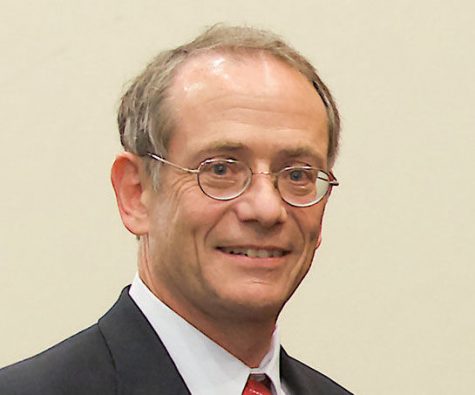
The prophet Zechariah refers to Jerusalem as Daughter of Zion. The name describes the eternal capital of a Jewish nation secure in its land, guided by the teachings handed down from Sinai, ruled by an enlightened monarch from the Davidic dynasty. Across the span of history, Jews have retained that connection, praying daily for our return to the land we left only at the point of a spear.
And yet, we hear again and again demands that Israel surrender its ancestral home and relinquish title to its everlasting capital. Nations, leaders, human rights groups — even some misguided Jewish organizations — condemn Israeli Jews as “colonialists” or “occupiers.” By brazenly rewriting history, they unwittingly sanction the kind of brutal ethnic cleansing that left 67 Jews dead in the 1929 Hebron massacre while shattering the lives of hundreds more.
ADVERTISEMENT
It’s revealing that Jerusalem is not mentioned once in the entire Quran, despite the claim that it’s Al-Aqsa Mosque is Islam’s third holiest site. In contrast, Jerusalem is undeniably Judaism’s most holy place, mentioned some 660 times in Jewish scripture. We cannot “occupy” what is already ours.
It’s not only about Jerusalem. Over 800,000 Jewish citizens currently reside in areas shamefully misrepresented as “occupied territory” and misleadingly called “the West Bank.” These areas, properly known as Judea and Samaria, are the Biblical heartland of Israel. Hebron appears in Genesis as the Tomb of the Patriarchs. Shechem, aka Nablus, is the burial place of Joseph. The Golan as well is identified in Deuteronomy as part of the territorial inheritance of the tribe of Menashe. Israel’s claim on these places runs even deeper than its claim on Haifa and Tel Aviv.
So what of the contention that Palestine has been the Arab homeland from time immemorial? And what of the assertion that Israel drove Arabs from their homes during the 1948 war? Let’s see.
A century ago, the concept of a Palestinian people did not exist. Arabs living in the area considered themselves part of greater Syria. But when the French ousted King Faisal Hussein in 1920, regional Arabs scrambled to devise a new plan to secure political autonomy. Their solution: fabricate a national identity out of whole cloth to legitimize their hold on the region. Only then, not from time immemorial, did local Arabs proclaim themselves Palestinians and launch their campaign to invalidate the Jewish right to a homeland canonized three years earlier in Britain’s Balfour Declaration.
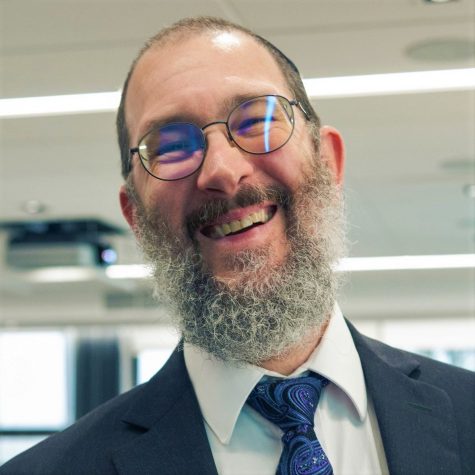
Estimates of Arab refugees from the War for Independence range between 540,000 and 720,000. For the most part, these residents were encouraged to flee by leaders who promised that they would return to their homes after their armies drove the Jews into the sea.
Decades later, some 5 million Arab refugees and their descendants remained, many in squalid camps, unsettled by their own people because of their value as a bargaining chip to demand indefensible and unfeasible repatriation and restitution while painting Israel as the villain. As far back as 1960, King Hussein of Jordan observed that “Arab leaders have approached the Palestine problem in an irresponsible manner… they have used the Palestine people for selfish political purposes. This is ridiculous and, I could say, even criminal.”
But facts and logic consistently lose the battle against ideology and rhetoric. In their place, we hear the constant slanderous refrain: occupation, oppression, expansion, apartheid, violation of human rights. It doesn’t matter that Israeli Arabs are represented in every walk of life, including an Arab captain of the Tel Aviv football team, Arab government ministers, an Arab deputy speaker of Knesset, an Arab Supreme court justice and an Arab Miss Israel. What’s more, Israeli Arabs enjoy greater prosperity, literacy, medical care and life expectancy than do Arabs in the surrounding countries. Not to mention freedom.
And so, on Yom Yerushalayim, we remember the history of our people, the miracle of Jewish survival, and the legacy of truth and higher purpose that shines forth from our ancient capital.
Rabbi Ze’ev Smason is Chairman of the Missouri chapter of the Coalition for Jewish Values. Rabbi Yonason Goldson serves as Executive Vice President.




